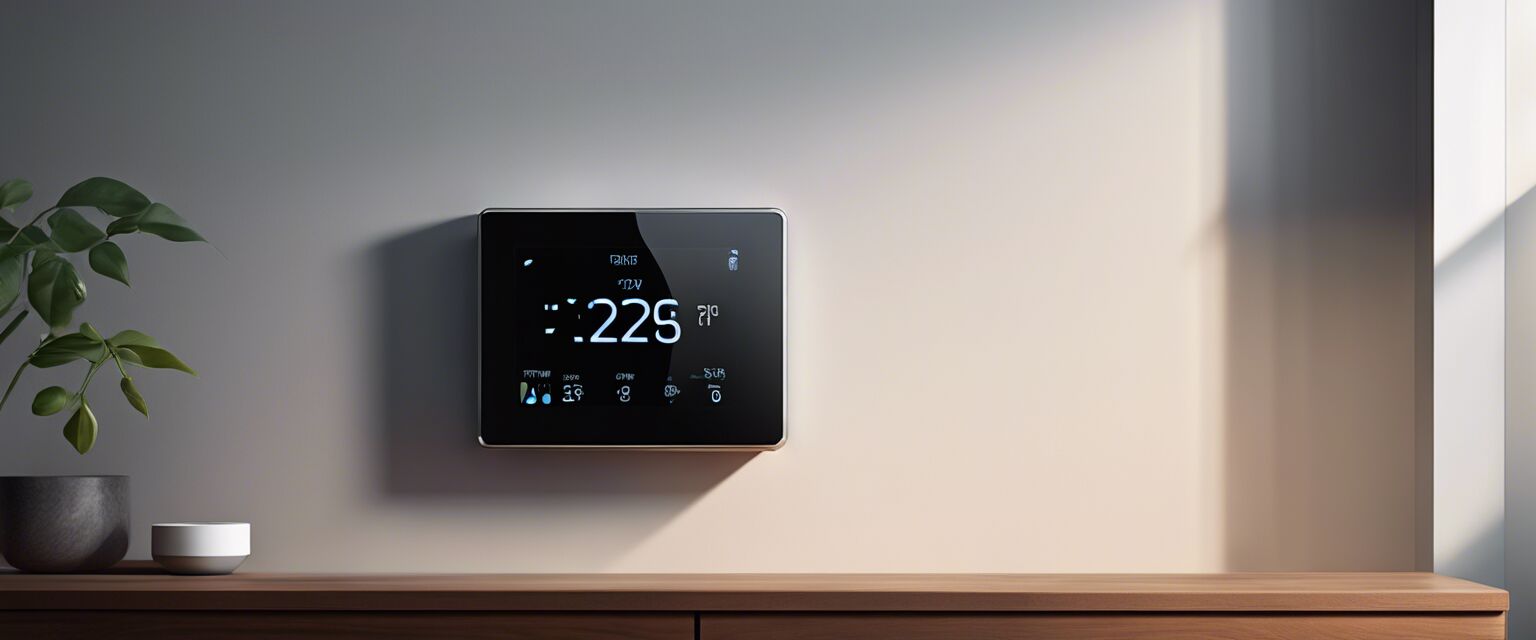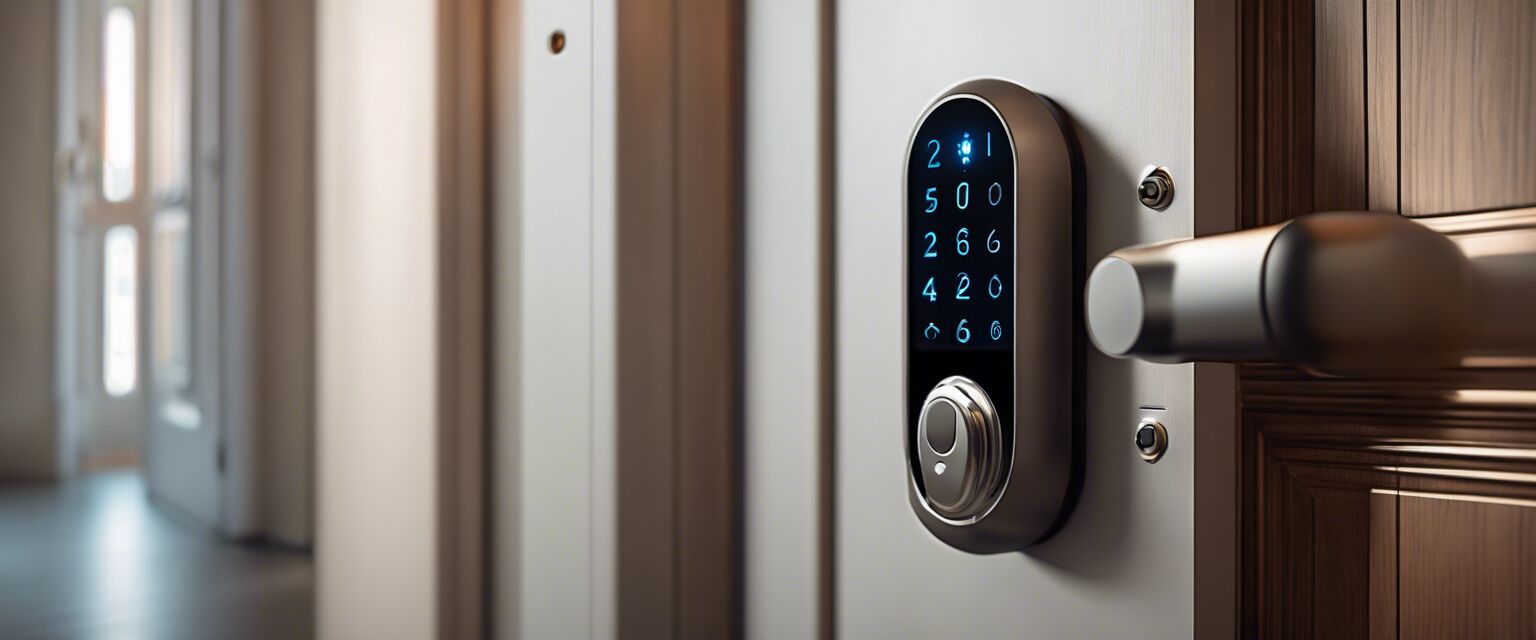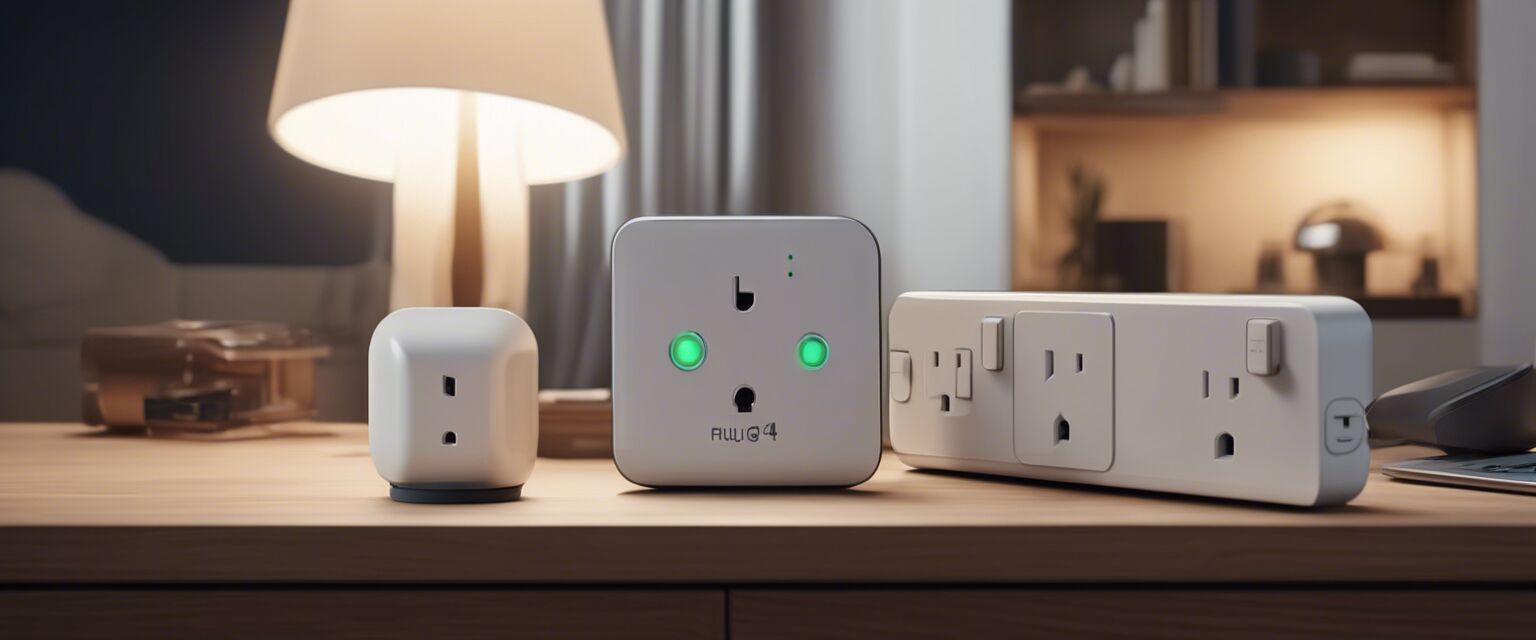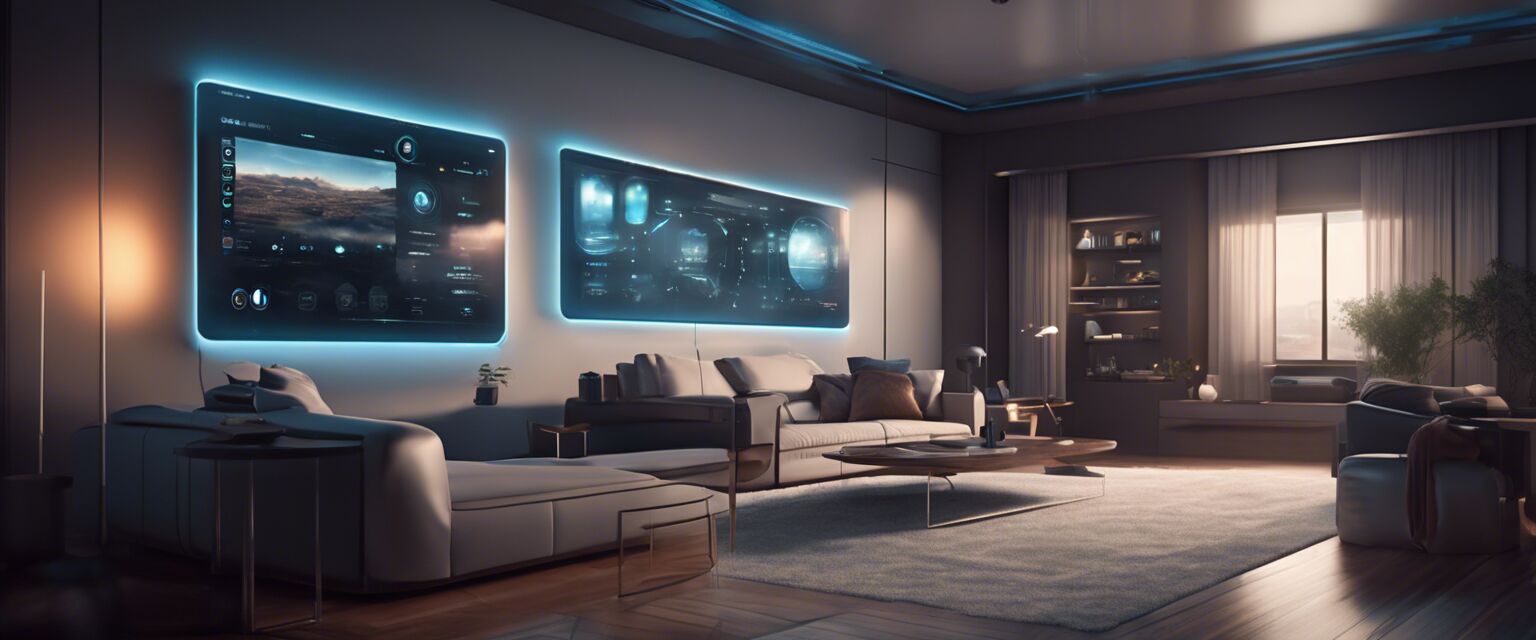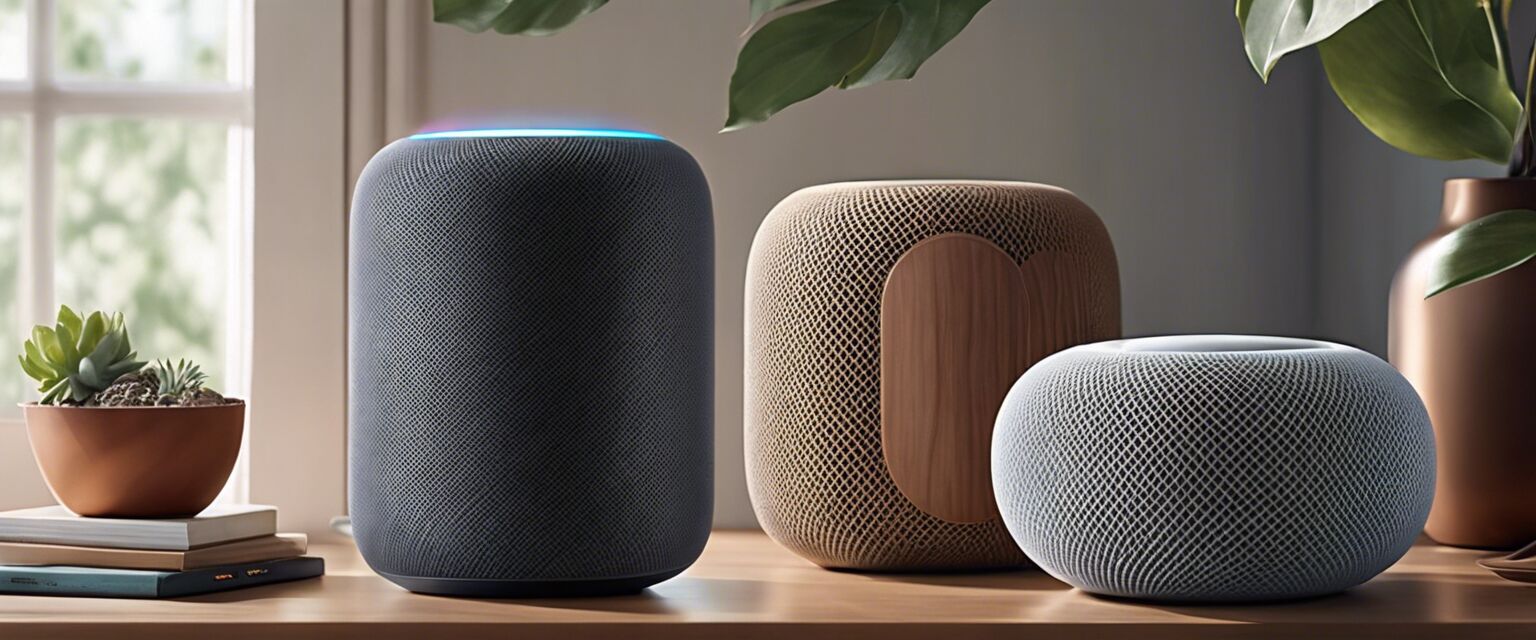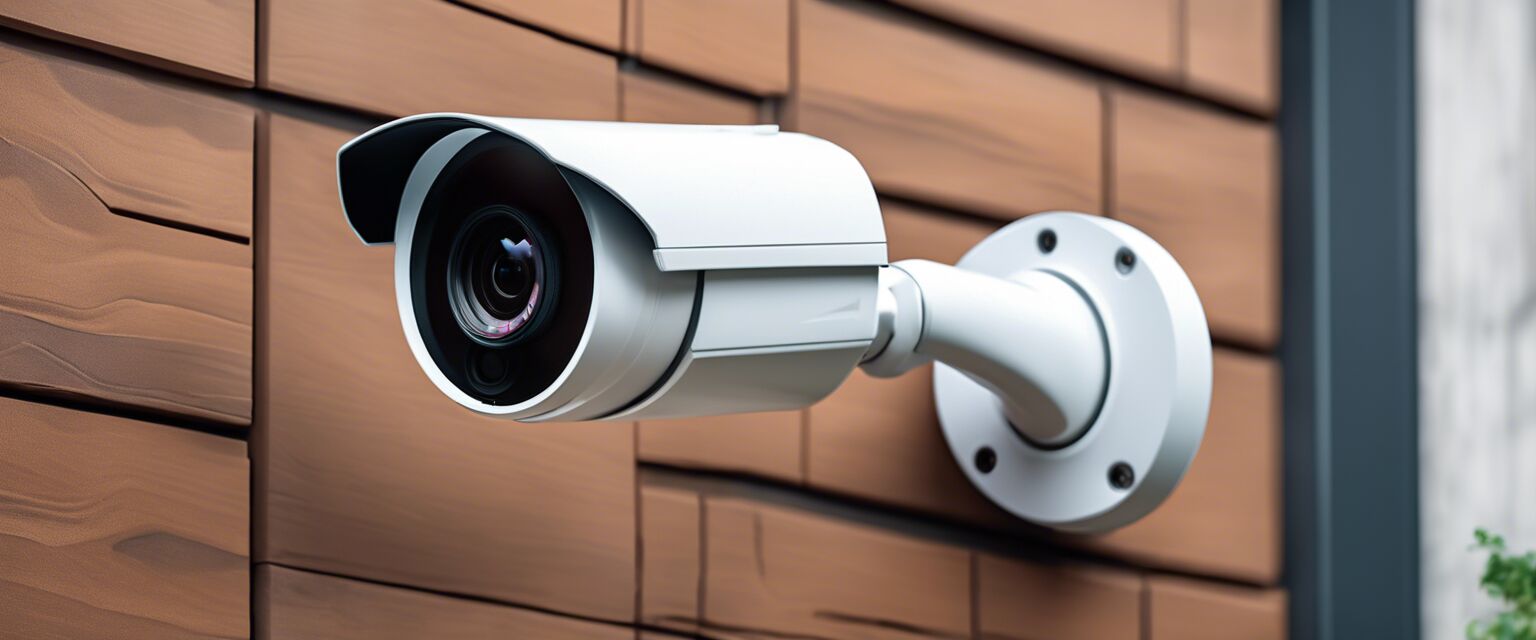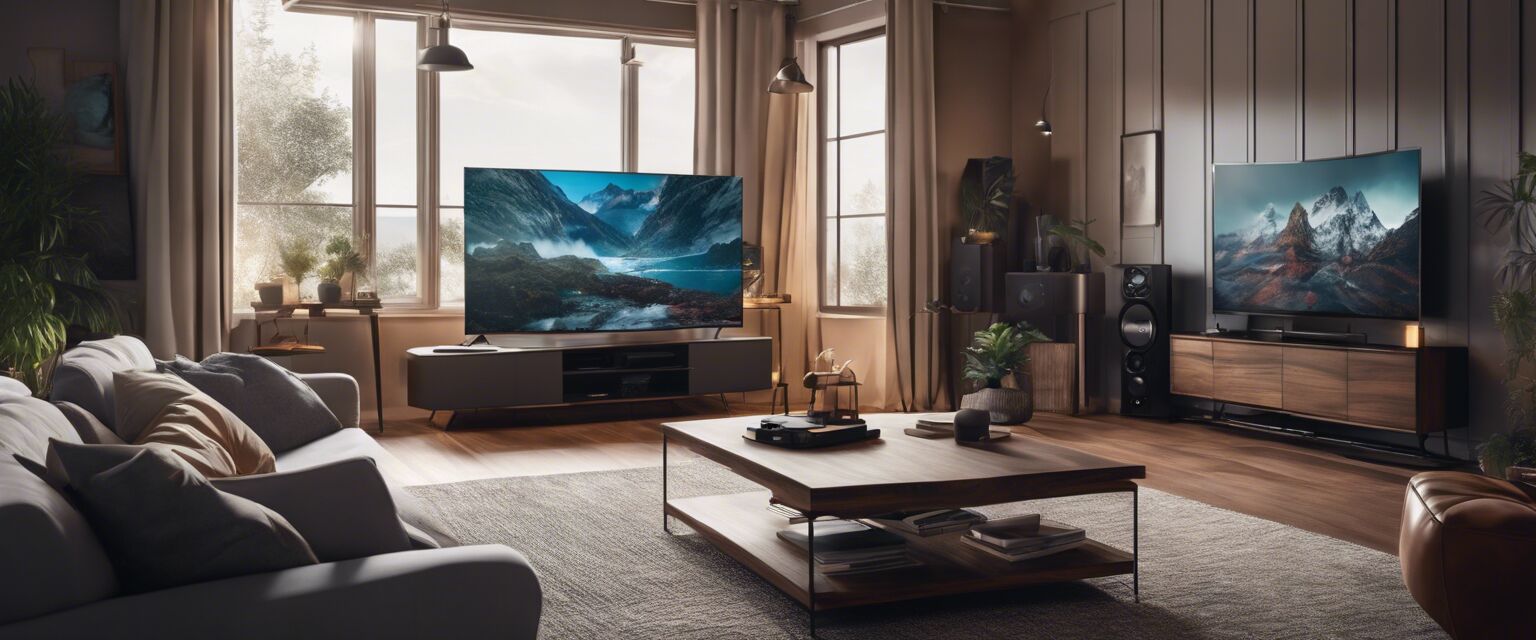
Smart home entertainment systems
Key Takeaways
- Understanding the components of smart home entertainment systems.
- Benefits of integrating devices for seamless control.
- Tips for optimizing your setup for the best experience.
- Explore popular device categories like smart speakers and TVs.
Smart home entertainment systems are revolutionizing how we enjoy media in our homes. These systems allow you to control multiple devices with ease, providing an integrated and seamless experience. In this guide, we'll explore the components of a smart entertainment system, the benefits of having one, and tips for optimizing your setup.
Components of a smart home entertainment system
A typical smart entertainment system comprises various devices that work together to enhance your viewing and listening experience. Hereâs a closer look at these components:
| Device Type | Description | Examples |
|---|---|---|
| Smart TV | A television that connects to the internet and provides access to various streaming services. | Samsung Smart TV, LG OLED |
| Streaming Devices | A device that allows you to stream content from various platforms. | Roku, Amazon Fire Stick, Google Chromecast |
| Smart Speakers | Speakers that can respond to voice commands and play music or control other smart devices. | Amazon Echo, Google Nest Audio |
| Home Theater System | A combination of audio components to provide enhanced sound for movies and music. | Sonos Surround Sound, Bose Soundbar |
| Smart Plugs | Plugs that can be controlled via smartphone to manage power to devices. | TP-Link Kasa Smart Plugs, Wemo Smart Plugs |
Benefits of smart home entertainment systems
Integrating your entertainment devices into a smart home system offers numerous benefits:
- Convenience: Control all devices from a single app or voice command.
- Customization: Create personalized settings for different scenarios like movie nights or gaming.
- Energy Efficiency: Smart plugs can help reduce energy consumption by allowing you to turn off devices remotely.
- Seamless Integration: Devices from different manufacturers can often work together, thanks to smart home hubs.
Optimizing your smart home entertainment setup
To get the most out of your smart entertainment system, consider these optimization tips:
Beginner's tips for a better smart home setup
- Ensure your Wi-Fi network is strong enough to support all devices.
- Choose a central smart home hub that can manage all your devices.
- Regularly update firmware on devices for optimal performance.
- Position speakers and other components strategically for the best audio and visual experience.
- Utilize voice control features for hands-free operation.
Popular smart home entertainment categories
As you dive deeper into smart home entertainment, you may want to explore specific categories of products:
Setup guide for a smart home entertainment system
Here's a step-by-step guide to setting up your smart home entertainment system:
- Select a central hub or smart speaker.
- Connect your smart TV and streaming devices to the hub.
- Integrate smart speakers for immersive sound.
- Connect smart plugs for ease of power management.
- Ensure reliable Wi-Fi connectivity throughout your space.
- Customize settings and create scenes for different environments.
Common issues and troubleshooting
Despite the convenience and efficiency of smart home systems, you may encounter some common issues. Here are potential problems and solutions:
| Issue | Possible Solution |
|---|---|
| Device not responding | Check the Wi-Fi connection and restart the device. |
| Integration issues | Make sure all devices are compatible and update device software. |
| Lag in response time | Reduce the number of devices on the network or upgrade your router. |
Conclusion
Smart home entertainment systems provide an efficient way to enhance your media experience. By understanding the components, benefits, and optimal setup practices, you can create a home that offers convenience and enjoyment.
Pros
- Easy access to multiple entertainment options.
- Improved sound and picture quality with the right setup.
- Ability to control various devices from a single platform.
Cons
- Initial setup can be complex for some users.
- Reliance on stable Wi-Fi connectivity.
- Costs can add up when integrating multiple devices.
Further reading
To deepen your understanding of smart home technology, consider exploring these topics:

